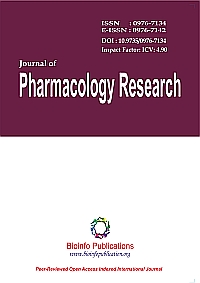
“Cannabidiol (CBD) is a major non-intoxicating component of cannabis and possesses anti-epileptic, anxiolytic and anti-hyperalgesic properties.
Despite evidence that some endogenous and synthetic cannabinoids interact with GABAA receptors, no-one has yet investigated the effects of CBD.
Here we used two-electrode voltage clamp electrophysiology to compare the actions of CBD with those of the major central endocannabinoid, 2-arachidonoyl glycerol (2-AG) on human recombinant GABAA receptors (synaptic α1-6βg2 and extrasynaptic α4β2δ) expressed on Xenopus oocytes.
Taken together these results reveal a mode of action of CBD on specifically configured GABAA receptors that may be relevant to the anticonvulsant and anxiolytic effects of the compound.”
